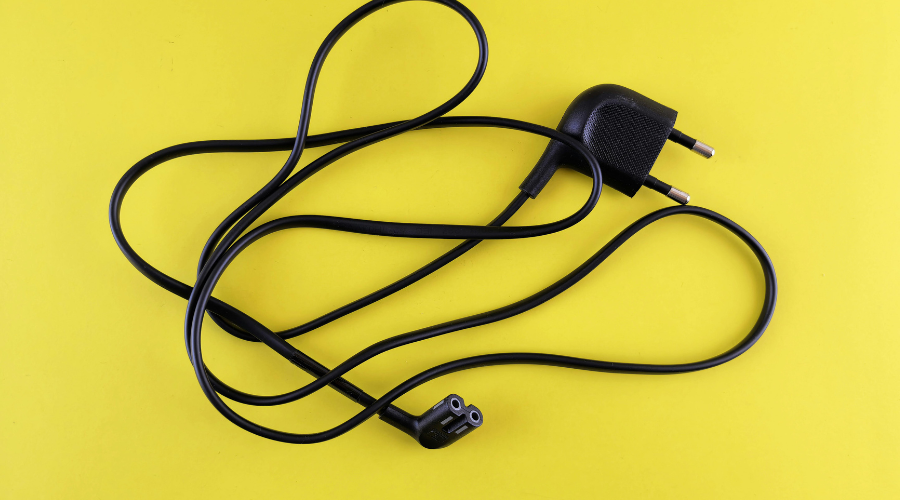
Extension cord
Japanese Name
えんちょうこーど
enchoukoodo
Description
- An extension cord (enchou kōdo in Japanese) is a flexible electrical cord that extends the reach of an existing power source. It is commonly used to connect electrical devices to outlets that are too far away or in locations where a fixed power supply is not easily accessible. Extension cords are widely used in homes, offices, outdoor activities, and construction sites for powering electrical equipment, appliances, tools, and more.
History
- An extension cord is a flexible electrical cable with a plug on one end and one or more sockets on the other, used to extend the reach of electrical power.
- Its development began in the late 19th and early 20th centuries with the widespread adoption of electricity in homes and workplaces.
- Early cords were simple, often cloth-insulated, and used for lamps and small appliances.
- As electrical devices multiplied, extension cords became essential for convenience and safety, reducing the need for multiple fixed outlets.
- Over time, designs improved with better insulation, grounding, multiple outlets, and surge protection.
- Today, extension cords are ubiquitous in homes, offices, and industrial settings, enabling flexible and safe use of electrical devices.
Learn more Japanese words?
Play our free typing game and master Hiragana & Vocabulary in a Zen atmosphere. 🍵
🎮 Play Game